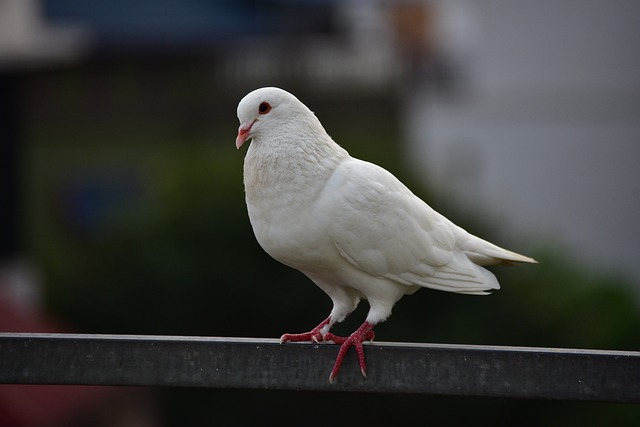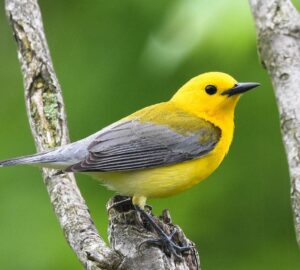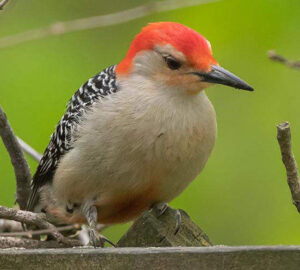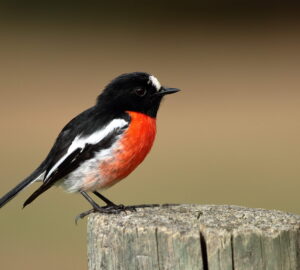I’ve always loved seeing white pigeons ever since I was a little kid. There’s just something so peaceful and pure about those bright white birds cooing and fluttering around.
Back then, I had no idea that these pretty birds carried such deep symbolic meanings across so many different cultures and religions.
As I learned more, white pigeons went from simply being an enjoyable sight to embodying powerful messages about life.
Symbols of Peace and New Beginnings
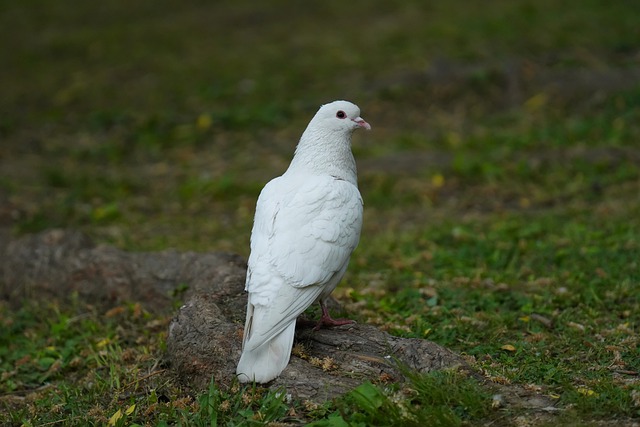
White pigeons definitely aren’t your average city birds – they represent some really meaningful ideas and themes.
First off, their brilliant white feathers make them appear so gentle and innocent, which is why they’ve become universal symbols of peace and purity. Can you imagine a better representative for those ideals than a graceful white bird?
But white pigeons also have a long history of being messengers that can travel long distances. So in addition to peace, they’re tied to concepts like hope, new beginnings, and important messages being delivered.
It makes perfect sense that their appearance is often viewed as an omen that positive change is on the horizon.
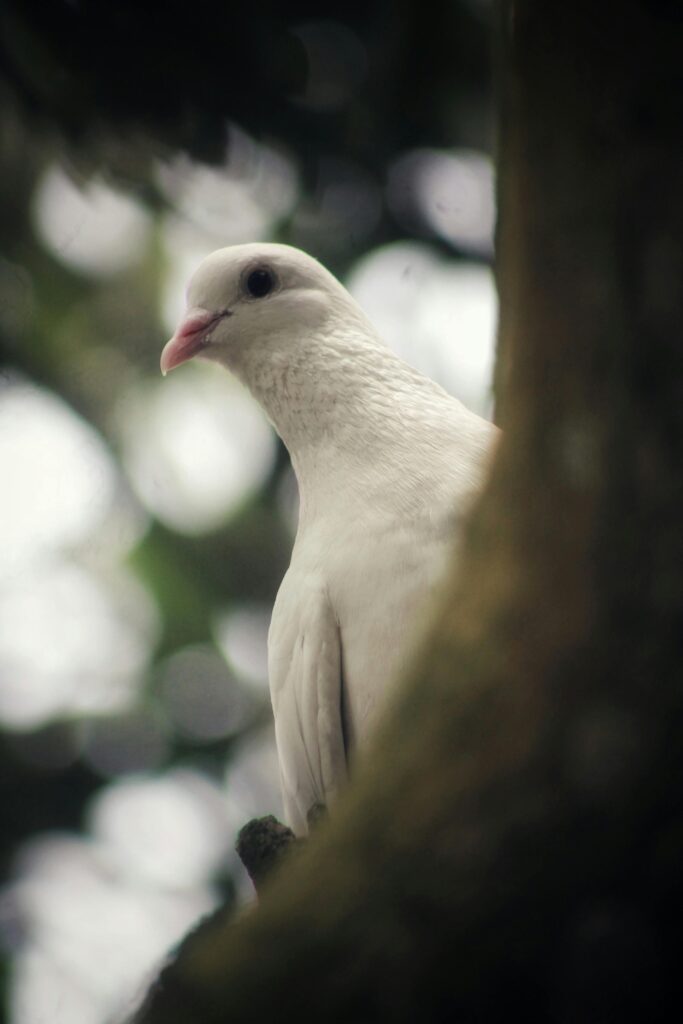
Feathered Omens of Serenity
When I see a white pigeon now, it fills me with a sense of serenity and calmness, like everything will be okay no matter what I’m going through at the moment. It’s a reminder to take a breath and have faith that better days lie ahead, which is pretty powerful for just a humble bird.
I’ve definitely noticed them showing up during stressful periods of transition in my life, perhaps with a message that this Too Shall Pass and brighter times await.
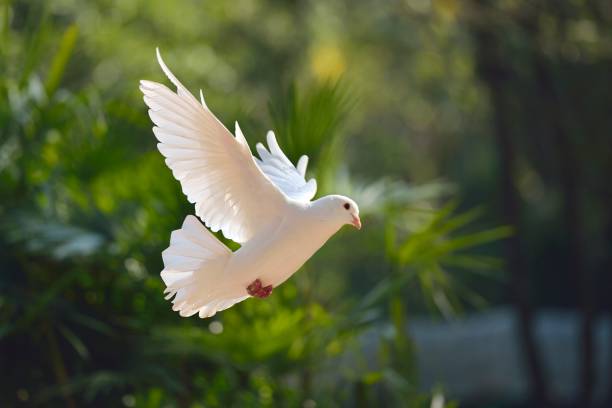
Spiritual Symbolism
In some spiritual traditions, white pigeons carry even deeper symbolic weight. Some religions see them as physical manifestations of divine love and spiritual guidance from a higher power.
Others associate them with the human soul and our eternal journey that continues after this physical life. Having that magical spiritual element adds an extra sprinkling of wonder to these unique birds.
Cultural Ceremonies and Traditions
White pigeons play important roles in various cultural traditions and ceremonies too. Many cultures like to release them at weddings to bestow blessings of love and loyalty, since white pigeons represent the pure devotion you’d want in a marriage.
They’re also set free at funerals and memorials, serving as emblems for eternal life and the soul’s next journey.
In Christianity, they’re the ultimate representation of the Holy Spirit’s presence, inspired by the imagery of a white dove descending upon Jesus at his baptism.
So they’re prominently featured in a lot of art and ceremonies related to the Holy Spirit’s importance. This pigeon-dove connection is pretty ubiquitous – most of the time those two bird symbols get blended together.

Enduring Symbolic Power
Across history, cultures around the world have sensed something special about white pigeons and imbued them with all these layers of meaning and symbolism.
The way I see it, they’re like little feathery ambassadors spreading messages of hope, peace, new beginnings and divine blessings every time they gracefully swoop overhead.
Spotting a white pigeon nowadays still fills me with a sense of wonder and makes me pause to appreciate the beauty of nature and the deeper meanings we can find in it.
They’re a super cool representation of all the things that bring more light into the world – innocence, love, spiritual exploration and looking forward to brighter days.
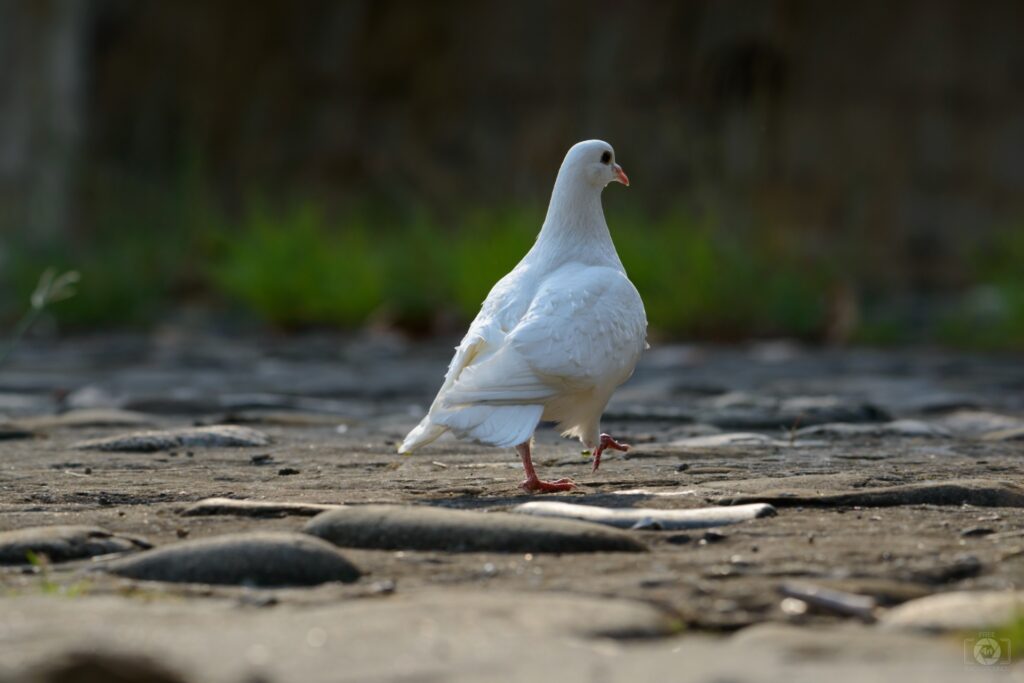
More Than Meets the Eye
White pigeons are so much more than just pretty birds to me now.
They’re reminders to approach life with a sense of optimism, purity and an openness to restarting on a new, more positive path when I need to.
Their symbolic power extends all the way back through ancient traditions yet still feels completely relevant to my own modern personal journey. I’ll never see those bright white feathers and gentle cooings the same way again.

